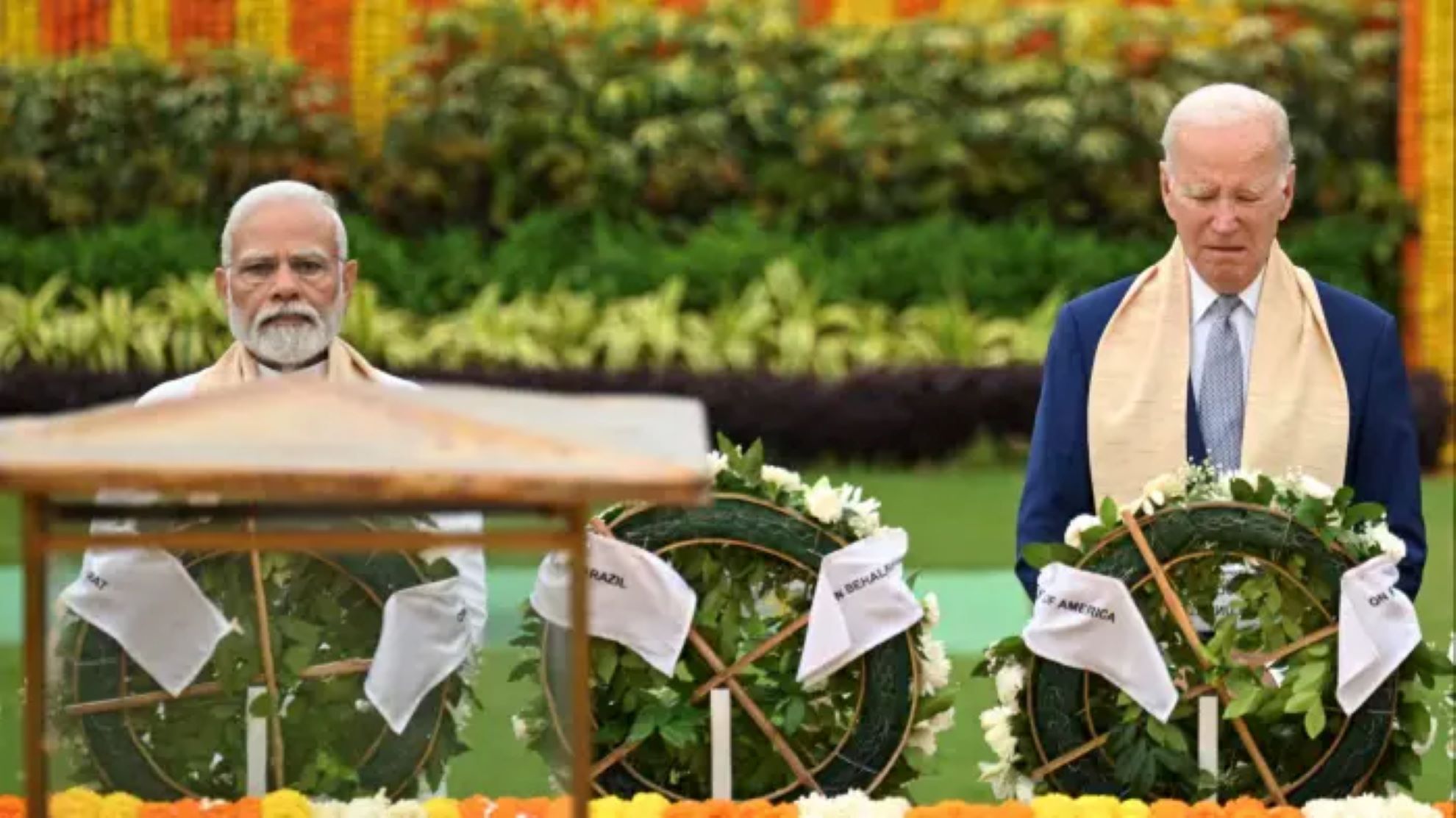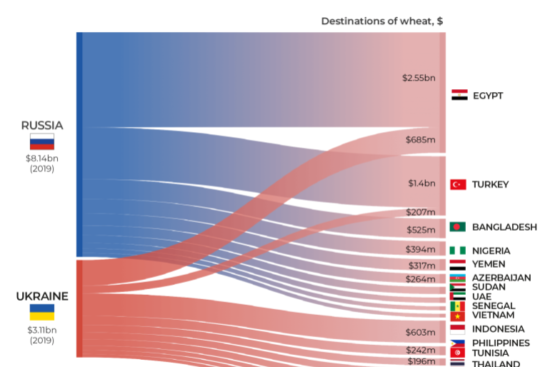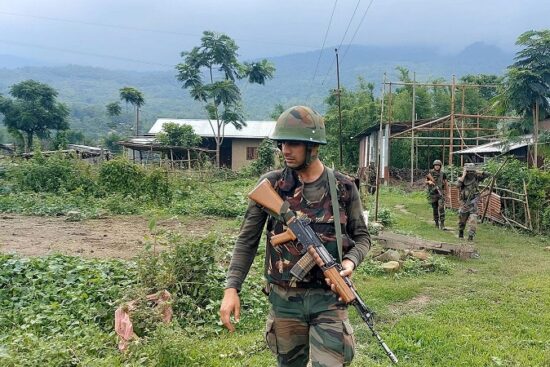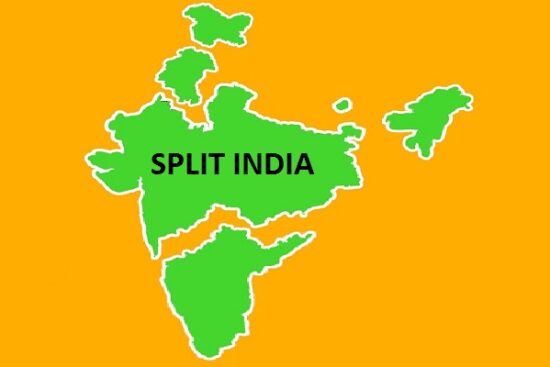
In a world where geopolitical tensions often remain hidden beneath the surface, recent revelations surrounding an alleged plot by India to assassinate a Sikh separatist on the United States soil have brought to light a complicated ploy. The incident, reported by The Financial Times, has sparked serious concern at the White House, prompting a diplomatic protest to the Indian government. But as we explore the details, questions arise, leaving us to wonder about the motivations, consequences, and broader implications of these shadowy maneuvers.
The reported assassination attempt on Gurpatwant Singh Pannun, a proponent of Khalistan and a dual American and Canadian citizen, comes in the wake of the June murder of another Sikh separatist leader, Hardeep Singh Nijjar, in Canada. The revelation that the United States authorities shared details of the thwarted plot with allies after Canada’s public accusation against Indian agents adds an interesting aspect to the situation. The White House’s response, coupled with a sealed indictment against at least one suspect filed in a New York district court, underscores the gravity of the allegations.
India’s stance on these accusations is one of surprise and concern, with officials asserting that extraterritorial assassinations are not their policy.
However, recent leaks of secret Pakistani intelligence assessments to The Intercept paint a different picture. These documents allege that India’s Research and Analysis Wing (RAW) has been planning assassinations of Sikh and Kashmiri activists abroad, fueling the notion of a transnational assassination program.
The complexity deepens as we consider Canada’s earlier claims of “credible” allegations linking Indian agents to the murder of Hardeep Singh Nijjar, a case still unsolved with no arrests made in the five months since the assassination. The Intercept’s report also highlights suspicions of India’s involvement in targeted killings on Pakistani soil, further amplifying the geopolitical tensions in the region.
The situation raises questions about the effectiveness of diplomatic warnings and protests. The protest lodged with Delhi after Prime Minister Narendra Modi’s state visit to the US, coupled with Canada’s close collaboration with the US on intelligence, adds an interesting aspect to the diplomatic dynamics.
As international players express concern, the lack of concrete action or accountability raises questions about the efficacy of such protests and whether they serve as deterrents or mere diplomatic rituals.
The alleged targeting of Sikh activists in Pakistan, including Lakhbir Singh Rode, a prominent separatist leader, adds another layer of complexity. Rode, the nephew of the 1980s Sikh militant leader Jarnail Singh Bhindranwale, has reportedly been under surveillance by Indian intelligence agents, according to leaked Pakistani intelligence documents. The potential threats to Rode and other Sikhs living in foreign countries fuel concerns about the extent of India’s alleged aggressive stance in pursuing its perceived enemies across borders.
As we attempt to make sense of these developments, it becomes evident that the allegations have far-reaching implications. The accusations against India have the potential to strain diplomatic relations, not only with the United States and Canada but also with other countries implicated in the alleged transnational assassination plots. The question of accountability is significant, with the international community wondering how to address these serious allegations against a sovereign nation.
In the complex realm of world affairs, where covert operations and intelligence games are played out behind the scenes, the truth often remains elusive. As more details emerge and the global community deal with the implications of these allegations, one cannot help but ponder the impact of broader motivations embedded in the ideology of Mahabharata driving such covert actions and the potential consequences on the stability of the region and the world at large.
In conclusion, the reported plot to assassinate Gurpatwant Singh Pannun reveals a complex web of geopolitical complexities, thrusting India into a spotlight of scrutiny. This revelation unfolds at a crucial moment, coinciding with India facing the Financial Action Task Force (FATF) scrutiny over allegations of funding violent extremist organizations and suppressing non-profit organizations (NPOs). These parallel developments raise significant questions about the nature of India’s actions on the global stage and the potential intersections between political maneuvering and financial improprieties.
As the international community grapples with these interweaved issues, the lack of a unified response poses crucial questions about the consistency and fairness of global accountability measures. How will the world address the reported transgressions, and what implications will they have for India’s standing on the international stage?
The convergence of an alleged assassination attempt and financial scrutiny begs a deeper examination of India’s role in covert operations and its broader impact on regional stability.
In this challenging landscape of global relations, where covert actions often remain shrouded in ambiguity, the need for transparency, accountability, and a comprehensive investigation becomes even more pronounced. As we steer through the uncertainties, one is left to ponder not only the specifics of the alleged plot but also the larger implications for India and the role of the international community in challenging the very threads that weave the fabric of our global norms and rules.


















Leave a Reply